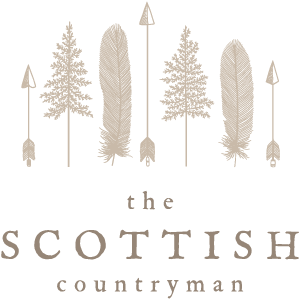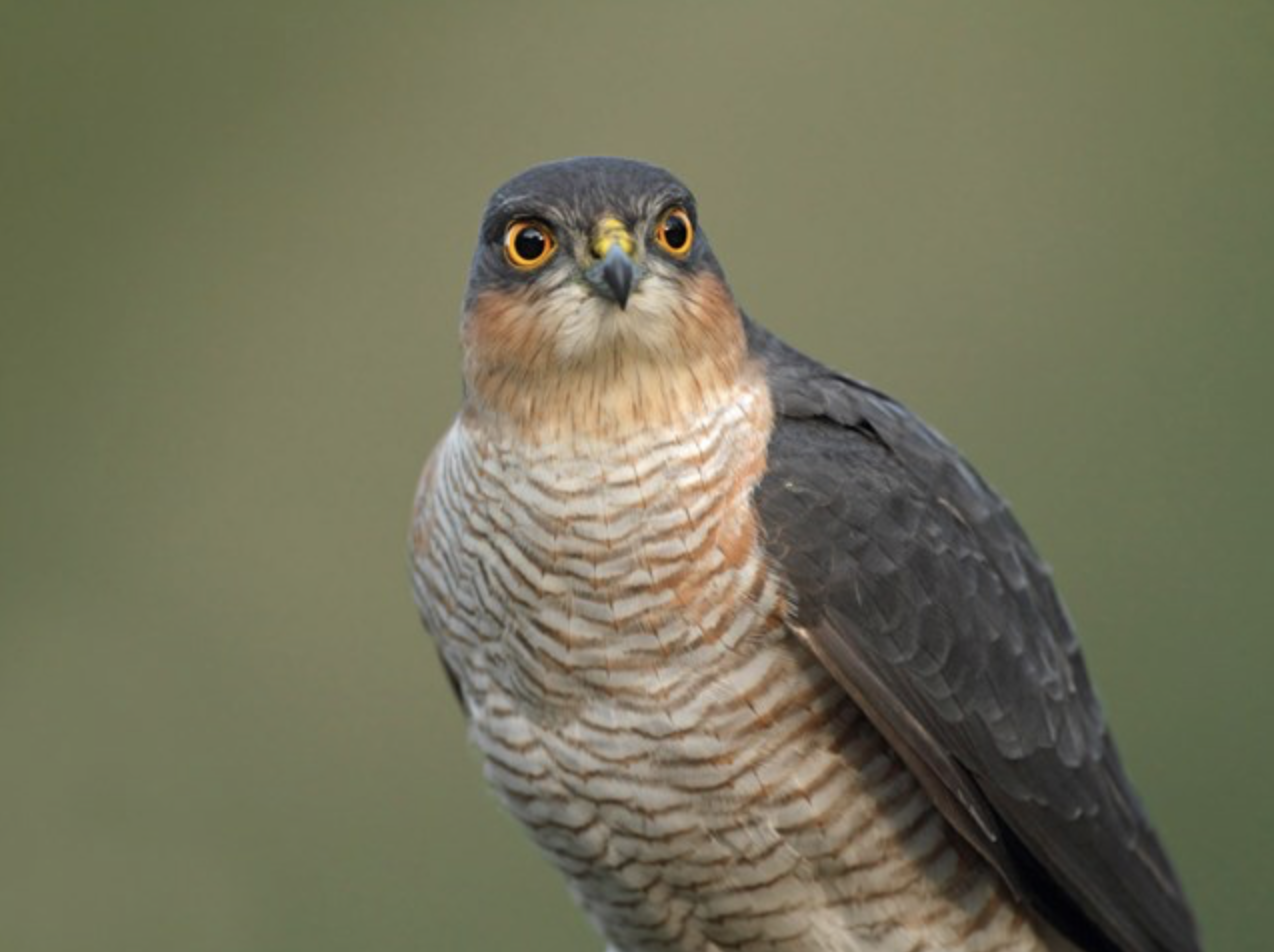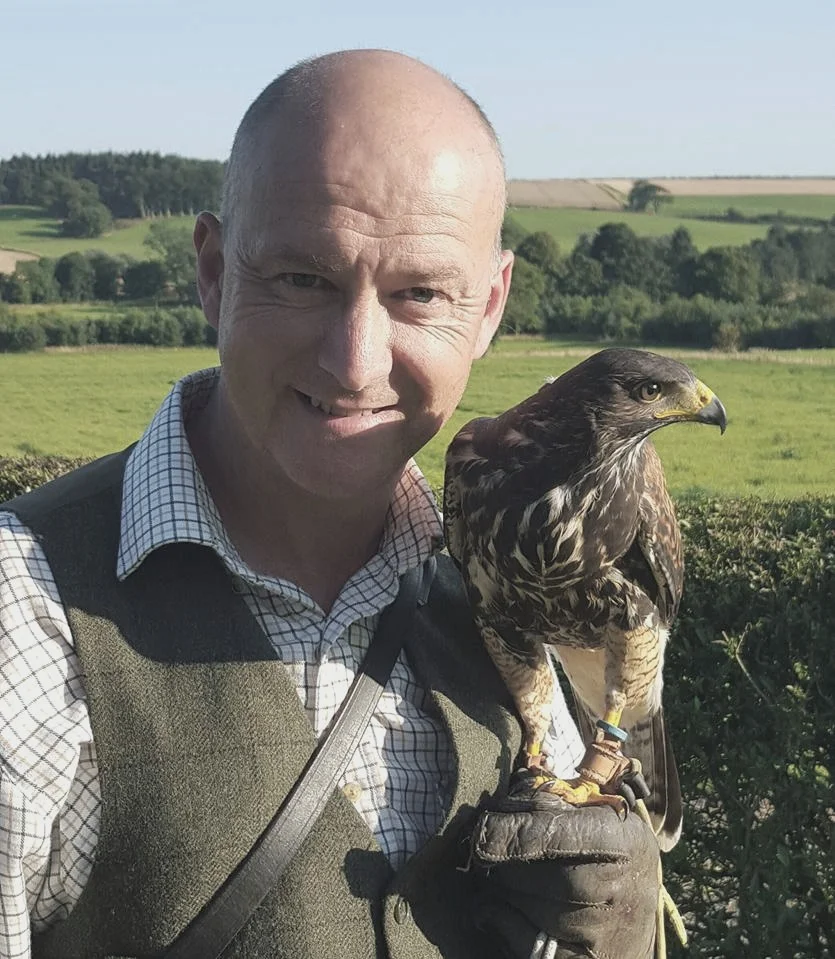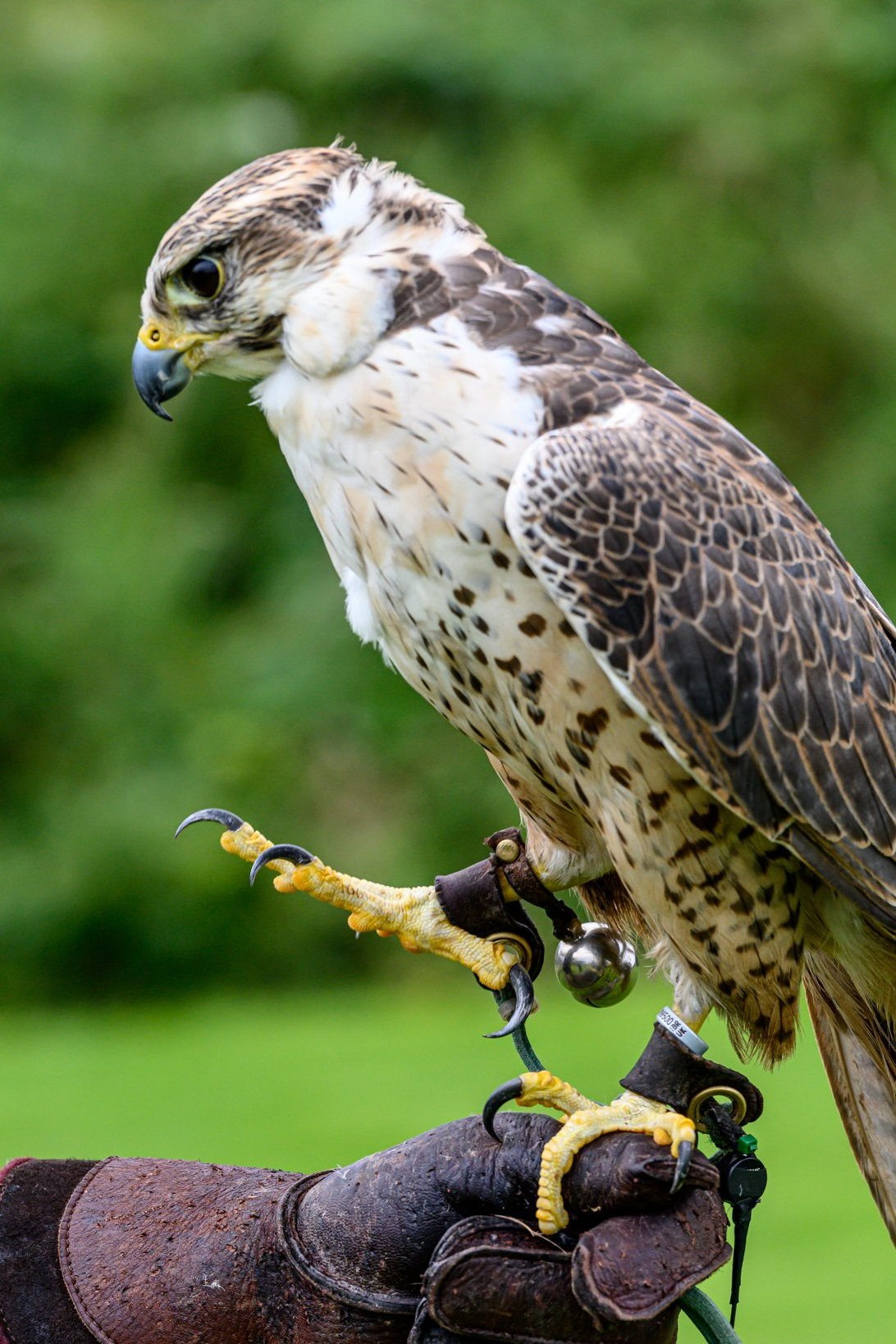The sparrowhawk
/Scotland's Birds of Prey: the sparrowhawk
Although Scotland is perhaps most famous - especially amongst falconers - for its peregrine falcon, it may surprise you to know that Scotland is home to more than 20 varieties of bird of prey. In this series we are introducing you to some of the birds of prey that you can see across Scotland.
In this post, we'll cover one of the most elusive birds of prey in Scotland: the sparrowhawk.
The Sparrowhawk
The sparrowhawk (Latin name is Accipiter Nisus) is a small, deft woodland hawk but its agile, pragmatic hunting style means the 'spar' can be found in town, too. In fact, sparrow hawks can be found anywhere that has good cover and plenty of prey. They mainly eat smaller garden or song birds but it has a prey list of 120 species!
With feathers that range from blue-grey to brown-black, depending on gender, and a barred chest pattern, the most distinguishing feature of the sparrowhawk has to be its eyes. These are a sharp, neon-bright and orange or yellow, which matches their long legs and large feet. This strong eye colour gives the birds an arresting, compelling stare.
Sparrowhawk numbers
There are thought to be around 12,000 breeding pairs of sparrowhawks in Scotland. However, you're far more likely to hear about their presence from the warning chatter of song birds or to see the feathery remains of their successful hunts, rather than actually see a sparrowhawk in flight, such is their speed and agility.
Hunting technique
Sparrowhawks are the sprinters of the raptor family. Although capable of dramatic and fast bursts of speed of up to 50kph, they cannot sustain this speed in a chase. This means spars must rely on stealth, speed and surprise to succeed, startling their prey before it has any time to react. Most sparrowhawks hunt from the cover of dense bushes and trees but they are frequently detected by wary garden birds such as chaffinches, swallows, blue tits and martins, whose noisy alarm calls reduce the sparrowhawk's success rate to just 1 in 10.
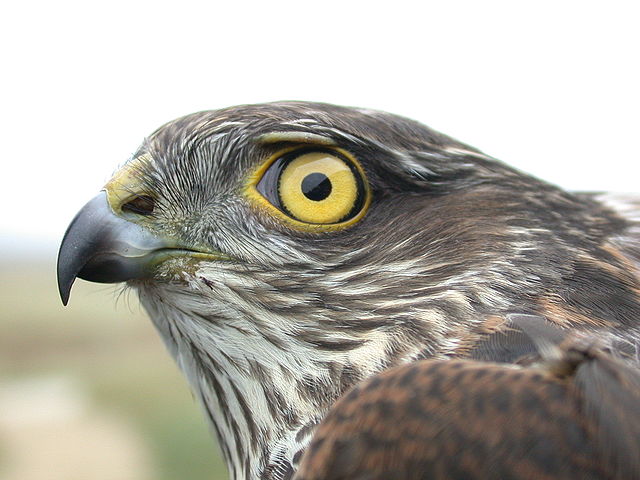
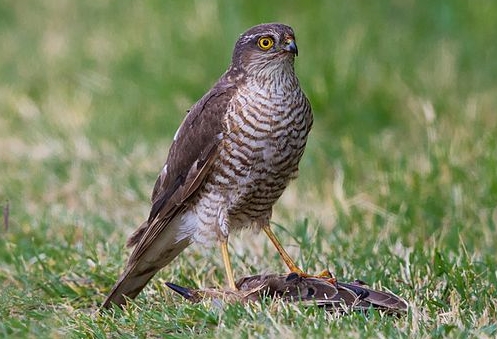
When and where and how to see sparrowhawks in Scotland:
Spring's early mornings and late summer's evenings are when to try and catch sight of sparrowhawks hunting.
Found throughout Scotland, sparrowhawks prefer the cover of woodland so younger, open forestry plantations are a good place to look, but their speed and stealth mean you'll be extremely lucky to see one.
Better to spend time near a well-stocked and frequently visited garden bird-table ;-).
Have you seen (or heard) a sparrowhawk? Perhaps you've seen the traces of its kill. Do you have a favourite bird of prey? Or a story to tell about spotting one? Please leave a comment in the space below - we'd love to hear from you about this.
Sources
https://www.rspb.org.uk/birds-and-wildlife/wildlife-guides/bird-a-z/sparrowhawk/hunting/
Martin, Brian P.: Birds of prey of the British Isles (1992) David & Charles
Thompson, D., Riley, H., and Etheridge, B., Scotland's Birds of Prey (2010) Lomond Books
Images
Page: https://www.birdguides.com/articles/ornithology/sparrowhawks-in-scottish-cities-fare-better-than-rural-counterparts/ Attribution: By Steve Round (rspb-images.com) for web
Page: https://commons.wikimedia.org/wiki/File%3AAccipiter_nisus_9194.JPG Attribution: By Bogbumper (Own work) [CC BY-SA 3.0 (https://creativecommons.org/licenses/by-sa/3.0) or GFDL (http://www.gnu.org/copyleft/fdl.html)], via Wikimedia Commons
Page: https://commons.wikimedia.org/wiki/File%3AAccnis_edit.jpg Attribution: By Pierre Dalous (File:Accnis.jpg) [CC BY-SA 3.0 (https://creativecommons.org/licenses/by-sa/3.0)], via
Want to know what others thought about their bird of prey experience? Read the reviews.
If you'd like to experience birds of prey up close, why not book a Bird of Prey Experience?
